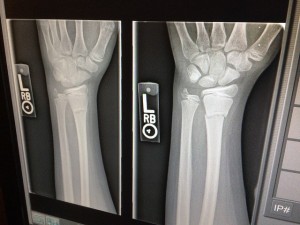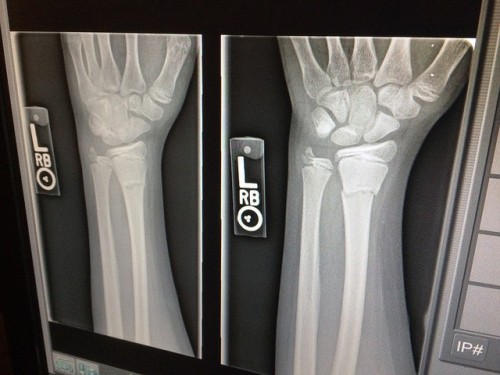Expert IOF review explains why people with both type 1 and type 2 diabetes are at higher risk of bone fragility, including the effect of certain anti-diabetic medications on bone health.

Recent research has shown that bone health is compromised in people with diabetes, resulting in a significantly higher risk of fragility fracture.
It is a health issue of growing concern given that the number of people with diabetes is increasing worldwide, with the disorder now thought to affect up to 15% of the population in certain regions of the world.
A new IOF Working Group expert review published in the journal Nature Reviews Endocrinology confirms that fracture risk is increased not just in type 1 diabetes (T1DM), but also in the more common type 2 diabetes (T2DM, formerly known as adult-onset diabetes).
In people with T1DM the risk of hip fracture is approximately 6.5-fold higher than in the general population (mean age 65) and 2.5-fold higher than in T2DM.
Continue Reading Below ↓↓↓
The review indicates that:
- In both types of diabetes, bone turnover is decreased and bone material properties and microstructure are altered, the latter particularly in the presence of microvascular complications.
- The reasons for the bone fragility in diabetes are complex and include: hyperglycemia, oxidative stress, and accumulation of AGEs compromising collagen properties; increased marrow adiposity, release of inflammatory factors and adipokines from visceral fat; and potentially alterations of osteocyte functions.
- Additionally, treatment-induced hypoglycemia, certain antidiabetic medications (such as thiazolidinediones) and propensity to fall, all contribute to increased fracture risk.
- The longer the duration of the disease, the higher is the risk of diabetes complications, including bone health complications.
- Insulin-use has been specifically associated with an increased risk of fractures although it is not clear whether this is because insulin-use is a marker of the severity and/or longer duration of the disease or whether it is possibly due to the occurrence of hypoglycemic events that cause falls.
- Current evidence supports the use of both antiresorptive and anabolic agents like teriparatide in osteoporotic patients with diabetes, however there is no evidence so far that any osteoporosis drugs have anti-fracture efficacy in those diabetic patients with high fracture risk despite non-osteoporotic BMD levels.
Professor Serge Ferrari, Chair of the International Osteoporosis Foundation (IOF) Bone and Diabetes Working Group and Professor at the Geneva University Hospital, Switzerland stated:
“Currently, no guidelines exist on how and at which stage of the disease to initiate anti-osteoporotic medication in patients with diabetes mellitus. Medications with a neutral or favourable effect on bone metabolism, such as metformin and incretin-based treatments, are preferable. In contrast medications like TZDs should be used with caution.”
Professor Massimo Massi Benedetti, Senior Programmes Advisor, International Diabetes Federation (IDF) and member of the IOF Working Group, welcomed the new review as an important addition to literature in the field. He stated:
“It is important that health professionals are aware that fragility fractures are a severe complication of diabetes. Prevention strategies in the treatment of diabetes are to be implemented from the early stage of the disease, while the risk of fractures needs to be evaluated on a routine basis in the population at risk in order to minimize the effect of the clinical factors that have been identified as the possible cause of higher frequency of bone fractures in diabetes. With increasing clinical awareness, ongoing research and the development of specific new drugs we are hoping that there will be new opportunities to improve bone health in people with diabetes in the future.”
Reference:
Napoli N, Chandran M, Pierroz DD, Abrahamsen B, Schwartz AV, Ferrari SL; IOF Bone and Diabetes Working Group. Mechanisms of diabetes mellitus-induced bone fragility. Nat Rev Endocrinol. 2016 Sep 23. doi: 10.1038/nrendo.2016.153. [Epub ahead of Print]
Source: International Osteoporosis Foundation
Journal: Nature Reviews Endocrinology
Journal Article: Mechanisms of diabetes mellitus-induced bone fragility











